Comprehensive Handbook: Navigating the Cannabis Flowering Phase

Comprehensive Journey: Nurturing Your Cannabis Plants Through the Entire Flowering Phase until Harvest
Contents:
- Entering the flowering phase
- Weeks 1–3
- Best practices
- Nutrients, lighting, temperature, and humidity
- Weeks 3–4
- Weeks 4–6
- Weeks 6–8
- Don’t rush to harvest
Ah, the splendid bloom phase! After dedicating weeks to the nurturing, pruning, and training of your cherished plants, with the aim of maximizing their vegetative growth, it is now time to shift your attention towards facilitating their flowering journey. In this article, we will provide you with precise guidance on how to accomplish this transition with utmost success.
ENTERING THE FLOWERING PHASE
The precise timing for your plants to enter the flowering stage relies on various factors. In outdoor cultivation, flowering initiates towards the end of summer as the natural daylight hours shorten. Conversely, indoor growers possess greater control over the flowering phase. Typically, most cultivators transition their plants to the bloom phase after approximately four weeks of vegetative growth, although it is technically possible to prolong this phase indefinitely.
As soon as your plants experience reduced light exposure, they instinctively redirect their energy towards bud production rather than foliage growth. To ensure an exceptional harvest, providing the appropriate nutrients, lighting, and environmental conditions becomes crucial in supporting this transition.
Here is an in-depth breakdown of the typical eight-week flowering period. Although the flowering duration may vary among different strains, this comprehensive guide will provide valuable insights into what to anticipate as your plants near the harvest stage. Additionally, it offers valuable tips to optimize the bud quality produced during this crucial phase.
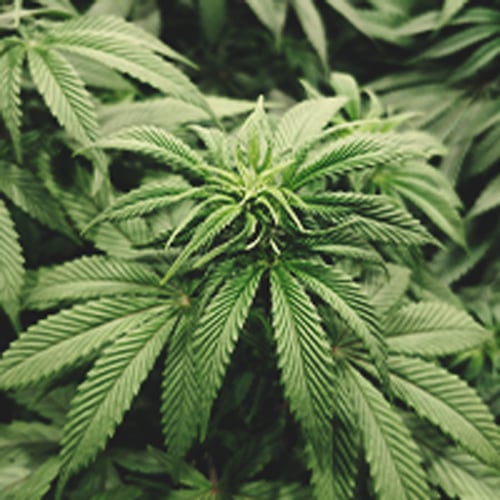 |
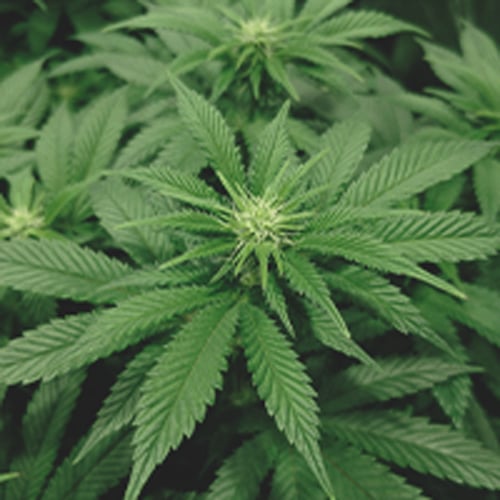 |
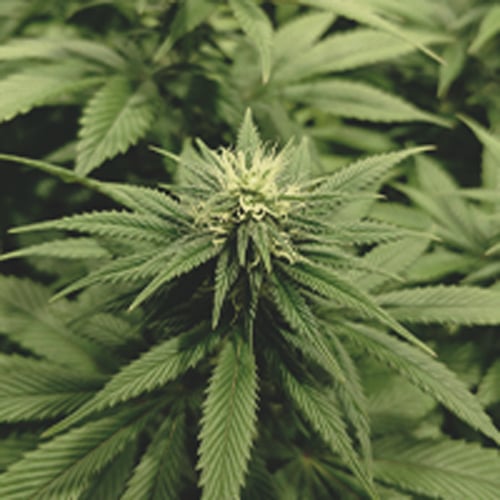 |
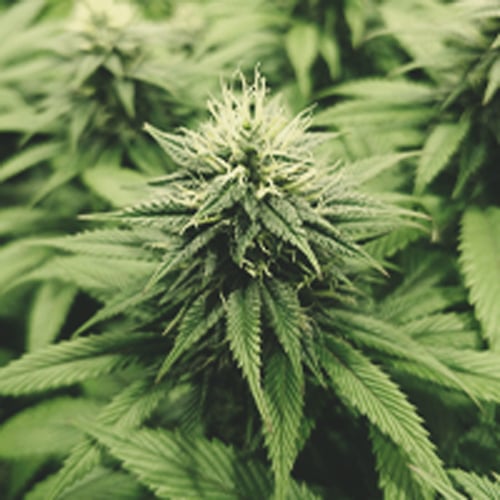 |
| Flowering phase (Week 1) | Flowering phase (Week 2) | Flowering phase (Week 3) | Flowering phase (Week 4) |
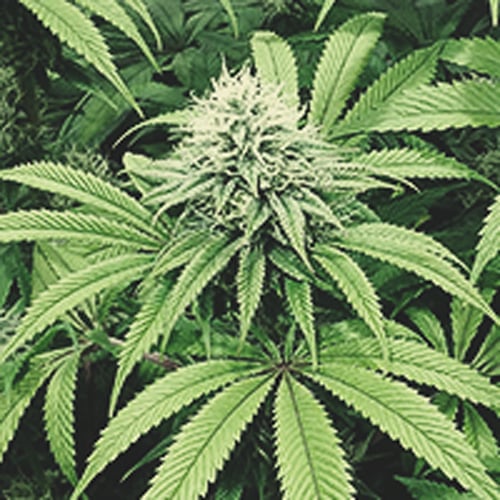 |
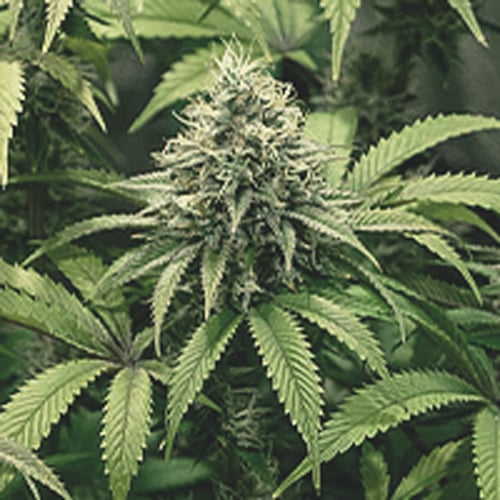 |
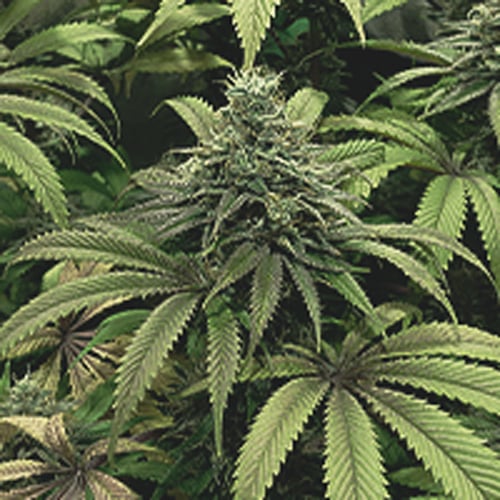 |
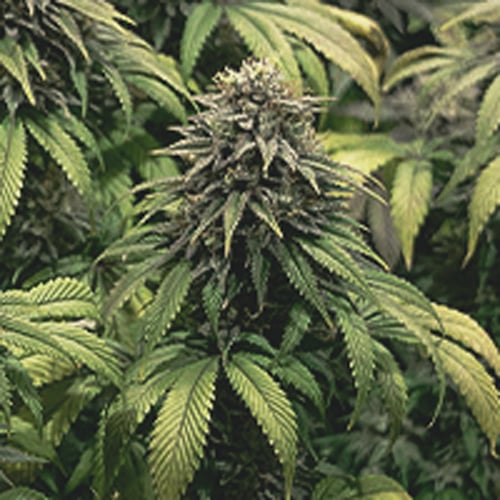 |
| Flowering phase (Week 5) | Flowering phase (Week 6) | Flowering phase (Week 7) | Flowering phase (Week 8) |
WEEKS 1–3
• Anticipate the Following: Flowering Stretch, Emergence of White Hairs (Pistils), and Pronounced Aromas.
Contrary to popular belief, many growers assume that once their plants transition into the flowering phase, growth halts and bud development commences. However, this notion is far from accurate.
During the initial week or so of flowering, plants actually undergo a phase of accelerated growth and stretching. Referred to as the “flowering stretch,” this natural phenomenon is essential for plants to surpass surrounding vegetation, allowing them to absorb maximum sunlight and increase their chances of successful reproduction. Moreover, a longer internodal distance resulting from this stretch provides more room for dense flower clusters and improved light penetration. The extent of growth experienced in this early phase varies depending on the strain being cultivated, with certain strains nearly doubling in height during this period.
During the second week of flowering, you can confidently determine the gender of your plants. Female plants will exhibit the emergence of long, white pistils at their nodes, which are the sites where buds form. Conversely, male plants will showcase the development of rounded pollen sacs. If you are cultivating regular seeds, it is advisable to promptly identify and separate the male and female plants to prevent unintended pollination, unless your intention is to breed.
As week three unfolds, your plants will gradually cease their stretching phase and shift their focus towards robust bud development. Although the buds may still be relatively small at this stage, you will observe the enlargement of calyxes and the emergence of trichomes, indicative of the plant’s progression.

BEST PRACTICES
• Nutrients: As a cannabis plant enters the flowering phase, its nutrient demands undergo significant changes. During this initial stage, your plants will benefit from nutrient solutions containing elevated levels of phosphorus and potassium. The specific NPK formula you choose is a matter of personal preference; however, exercise caution to avoid overfeeding your plants and causing nutrient burn. Determining the ideal timing to increase nutrient concentrations is at your discretion, but we recommend considering this adjustment during the second week of flowering.
• Overfeeding/deficiencies: Transitioning from vegetative to bloom nutrients can be a challenging task, particularly for novice growers. It is crucial to closely monitor your plants for any indications of nutrient deficiencies or overfeeding, such as the presence of dead, burnt, or yellowing foliage. Maintaining a vigilant eye on your plants will help ensure their nutritional needs are met appropriately during this critical phase.
• LST: Implementing low-stress training (LST) techniques can serve as an excellent method to manipulate your plants and address the stretching that occurs in the initial stages of flowering. LST not only assists in creating a uniform canopy but also guarantees sufficient light exposure for the lower buds of your plants. By employing LST, you can effectively manage the growth and optimize light distribution, promoting overall plant health and bud development.
• Temperature: During the flowering stage, cannabis exhibits positive responses to cooler temperatures. While optimal temperature preferences may vary slightly between plants and growers, finding the ideal temperature for flowering is a common topic of discussion. As a general recommendation, it is advised to maintain daytime temperatures around 26°C and nighttime temperatures in the range of 16-18°C. Ensuring relatively lower nighttime temperatures is particularly crucial for enhancing bud development and achieving favorable outcomes.
NUTRIENTS, LIGHTING, TEMPERATURE, AND HUMIDITY
| NPK | EC | HUMIDITY | TEMPERATURE (Day/Night) |
| 5-10-7 approx. | 1.2–1.5 | 50–60% RH | 26°C / 16–18°C |
WEEKS 3–4
• Envisaging Results: Enhanced Bud Size and Intensified Aromas
Approaching Weeks 3 and 4, your cannabis plants will have ceased their vegetative growth and will now dedicate their energy solely to bud development. During this period, you will observe a daily progression in the size of the flowers, accompanied by the emergence of dense calyxes, an increased number of white pistils, and a delightful coating of trichomes. Furthermore, your plants will begin emanating more distinct and intricate aromas, adding depth to their olfactory profile.
BEST PRACTICES
• Feeding: With the growth of larger buds, the nutrient requirements of your plants increase. It is important to closely observe the response of your plants to any adjustments in feeding when determining the specific nutrient solution to use during this flowering stage. While the choice of nutrient solution is subjective, a widely used NPK formula during mid-flowering is 6-15-10. Remain attentive to your plants’ feedback and adapt the feeding regimen accordingly for optimal results.
• Humidity and airflow: Maintaining a vigilant watch over humidity levels and airflow is of utmost importance. Stagnant and humid air creates an environment conducive to the growth of mold, bacteria, and the attraction of pests. To ensure optimal conditions, it is advised to maintain a relative humidity range of 40-50% and implement fans or proper ventilation systems to facilitate continuous air circulation within your grow room. By diligently managing humidity and airflow, you can effectively mitigate the risk of detrimental issues and promote a healthier growing environment.
NUTRIENTS, LIGHTING, TEMPERATURE, AND HUMIDITY
| NPK | EC | HUMIDITY | TEMPERATURE (Day/Night) |
| 6-15-10 approx. | 1.5 approx. | 50% RH | 24-26°C / 16-17°C |
WEEKS 4–6
• Anticipated Progress: Robust Flowering and Abundant, Compact Buds. Aroma Reaching its Pinnacle.
Reaching weeks 5 and 6 marks a significant stage in the flowering process for your plants. During this period, their buds will have substantially grown, becoming voluminous, compact, and adorned with an abundance of white pistils. Moreover, a substantial layer of trichomes will have developed, emanating a delightful and potent aroma. If you haven’t already done so, now would be an opportune time to consider investing in an extractor and air filter to effectively manage odors.
Upon closer inspection of your buds, you will observe remarkable transformations compared to previous weeks. The calyxes will exhibit noticeable enlargement, while the buds themselves will appear denser and weightier. Certain fast-flowering strains may even approach the harvest-ready stage, displaying heightened maturity with an increased presence of trichomes and darker-toned pistils.
BEST PRACTICES
• Feeding: Weeks 5 and 6 mark the pinnacle of flowering for the majority of cannabis strains. It is crucial to closely monitor your plants during this critical period, being mindful of any indications of nutrient deficiencies or excessive feeding. Adjusting nutrient levels one final time might be beneficial, particularly for enhancing the yield of your buds. It is important to note that nitrogen becomes less vital during this stage, as it primarily supports vegetative growth rather than blooming. Instead, flowering plants have an increased requirement for phosphorus, potassium, and calcium to promote optimal development.
• Stress: It is crucial to ensure that your plants are not subjected to stress during this stage to prevent hindered bud growth or the potential development of hermaphroditic traits, which could have detrimental effects. Stress can prompt female flowering plants to generate pollen and engage in self-pollination as a last-ditch effort to reproduce before reaching the end of their lifecycle. Therefore, it is essential to create a stable and favorable environment for your plants to minimize any stressors that may compromise their overall health and reproductive process.
• Support: The substantial weight of fresh cannabis flowers can be quite surprising. If your plants are encountering difficulties in bearing the weight of their blossoms, it is advisable to employ bamboo stakes along with string or plant clips to provide necessary support. This method will help keep your plants upright and prevent them from toppling over due to the sheer mass of the flowers. By ensuring proper structural support, you can safeguard your plants and allow them to flourish without the risk of breakage or damage.
• Humidity and temperature: To prevent issues with mold or pests, it is essential to maintain humidity levels between 30-40% going forward. Additionally, it is recommended to limit daytime temperatures to a maximum of 25°C, while keeping nighttime temperatures at a range of 16-17°C. By adhering to these temperature and humidity guidelines, you can create an environment that discourages the proliferation of mold and pests, promoting healthier and more robust growth for your cannabis plants.
NUTRIENTS, LIGHTING, TEMPERATURE, AND HUMIDITY
| NPK | EC | HUMIDITY | TEMPERATURE (Day/Night) |
| 5-12-9 approx. | 1.5–1.6 | 30–40% RH | 24-26°C / 16–17°C |
WEEKS 6–8
• The Final Phases: Blooming Culmination and Harvest Anticipation
As you enter weeks 6, 7, and 8, you approach the final stages of flowering for most cannabis strains. During this period, the buds on your plants should exhibit remarkable characteristics, appearing dense, firm, and adorned with a generous coating of trichomes. Observe the trichomes closely as they transition from a clear state to a milky white hue, with a few turning amber, signaling the imminent arrival of harvest time. You can inspect them in detail using a pocket scope or magnifying glass to ensure optimal timing. Additionally, the pistils will continue to darken as the weeks progress, further indicating that your plants are nearing readiness for harvest.
Throughout these concluding weeks, phosphorus, potassium, and calcium remain vital nutrients for your plants. However, approximately two weeks before harvest, it is recommended to flush your plants with plain, pH-balanced water. This flushing process encourages the absorption of any remaining nutrients and aids in preserving the natural flavors of your buds. Embrace these final stages with attentiveness, as they hold the promise of a bountiful and satisfying harvest.
During the last flush, you may notice some yellowing leaves on your plants as they draw upon the remaining nutrients stored in their foliage.
When the majority of trichomes have transitioned to a milky white color, your buds will be ready for harvest. It’s worth noting that cannabis harvested earlier tends to elicit a more uplifting and euphoric effect, while those harvested later tend to induce a relaxing and sedating sensation. Although not extensively confirmed, there is a belief that cannabis plants produce higher levels of CBN (a degraded form of THC) and myrcene toward the end of their life cycle.
BEST PRACTICES
• Nutrient flush: Ensure to perform a thorough flush of your plants using pH-balanced water approximately two weeks prior to harvest.
• Humidity: Maintain humidity levels below 40% to prevent issues related to mold or pests.
• Bud maturity: Monitor your plants closely during the two-week flushing period. You can determine the readiness of your buds for harvest by using the trichome method explained earlier.
• 48–72 hours of darkness: For those aiming to enhance the potency of their cannabis, it is worth considering subjecting your plants to complete darkness for a period of 48–72 hours before harvest. This technique is highly regarded by certain growers who assert that it stimulates increased trichome production, leading to a more potent strain.
NUTRIENTS, LIGHTING, TEMPERATURE, AND HUMIDITY
| NPK | EC | HUMIDITY | TEMPERATURE (Day/Night) |
| 4-10-7 approx. | 1.7–1.8 | 30–40% RH | 24-26°C / 16–17°C |
DON’T RUSH TO HARVEST
As the final weeks of flowering approach, it’s natural for growers to feel a sense of anticipation. However, it’s important to resist the urge to harvest your plants too soon. Even a seemingly small difference of a week can have a significant impact on the flavor, quality, and potency of your stash. Stay vigilant and attentive to your plants throughout the entire flowering cycle, exercising patience for the best results and the finest buds. If you’re eager to delve deeper into the last weeks of bloom, including topics like administering bloom boosters, managing noise levels, calculating flowering phases based on pot size, and more, be sure to check out the upcoming post in our series!
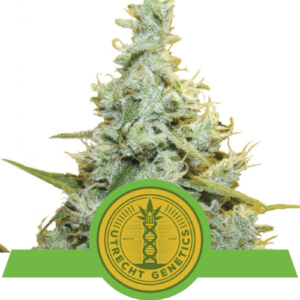
|
Buy Easy Bloom Booster Tablet |






